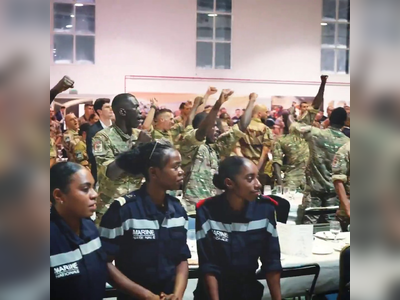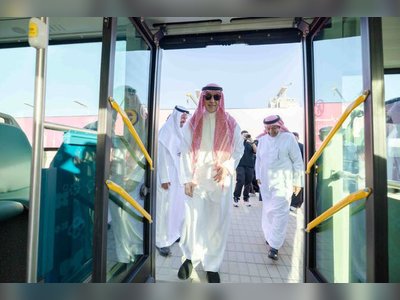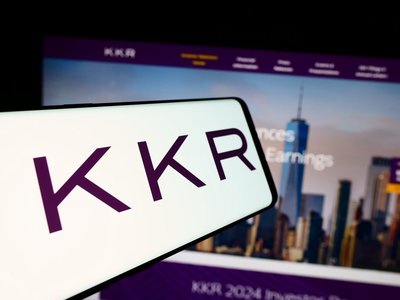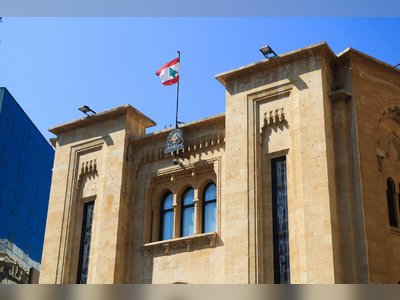How Asia’s female tour guides are breaking gender barriers
Thirty-three-year-old Chana Uy was one of Cambodia’s first female tour guides and has led groups across the kingdom and through Vietnam, Thailand and Laos. She has worked as a guide for over a decade, and has had to overcome numerous obstacles.
“There are still a lot of challenges being a female,” she says. She cites difficulties working with males in the industry, such as drivers, who struggle to take orders from females. She has also had male peers ask to share a room with her while she was leading a tour, and has been called “loose” because of her job.
Uy is one of a slowly growing army of female tour guides who are breaking down gender barriers in an industry traditionally dominated by men.
“I had a lot of issues with my family,” she recalls. “My mum was worried about me going around alone as a single female because in Cambodian culture it’s not the norm; women are taught to be submissive and stay at home.”
After graduating from high school in Siem Reap, Uy was offered a scholarship to study at university in Phnom Penh but turned it down to provide financial support for her family.
In 2008, she was waitressing when the government put out a call for tour guides. She applied, and became a freelance tour guide in the city that serves as the gateway to Angkor Wat.
In 2012, Uy was recruited by Australian-based adventure travel company, Intrepid Travel, to become a group leader at Peak Adventure Travel Cambodia.
While the test of time has led to her family’s approval, Uy adds there is still a long way to go in changing societal attitudes in Cambodia. “It is improving, but slowly,” she says. ““I still have to stand up for myself constantly.”
Aiming to empower women in Nepal, Som Tamang and his life partner, Australian Susan Devitt, founded Take on Nepal in 2008. The tour company offers educational trips throughout Nepal.
Born in the village of Batase, one of seven children, Tamang saw how females faced hardships. “Many women in Nepal are trapped at home with their husbands, on the farm looking after animals and giving birth to multiple children,” he says. “I wanted to break that cycle after I saw my mum and older sister suffer.”
“Female guides face a lot of problems,” says Tamang, explaining that women leading groups of Westerners have been refused entry to guest houses. “I’ve had to sack many male guides because they will not take assistant female guides with them on tours.”
In Vietnam, Lien Nguyen is challenging the norm with I Love Asia Tours. At the age of 21, and with just US$100 in her pocket, Nguyen launched the female-led motorbike tours in Hue in late 2014. Today, it is operational across Vietnam and in Luang Prabang, Laos, and is gearing up to start soon in Siem Reap. The company currently employs more than 120 females.
“Gender equality is rising in all industries, making it more inclusive for women to take the lead. But still, there aren’t many who become managers or directors in the tourism industry,” says Nguyen.
According to TrekkSoft’s Travel Trends Report 2019, only 39.7 per cent of guides across the globe are female. In Southeast Asia, between 50 and 75 per cent of the sector are women, according to the European Institute for Cooperation and Development.
However, an ILO report found the pay gap remains at between 10 to 15 per cent, with women employed in lower ranking roles.
Most women employed in tourism tend to work in the office and earn less money, says Uy. “I hope the industry encourages more women to attend management school and attain higher positions,” she says.
“Things are changing,” says Tamang. “But gender is still a real issue with the majority. We hope that by working with female guides, our male guides learn about equality issues and spread the message.”
Uy is inspired by the increasing number of young females at homestays she visits inquiring about becoming guides. “I encourage that,” she says. “I really hope more women understand their potential and start to work in the industry. It will then become accepted as the norm.”


















